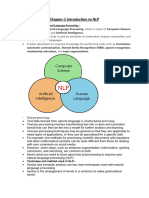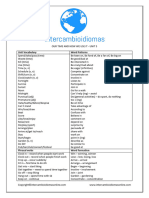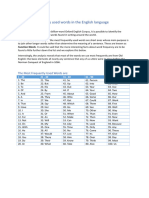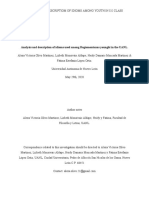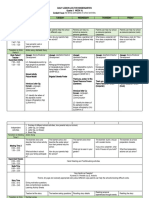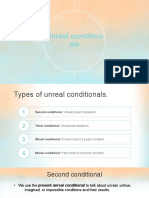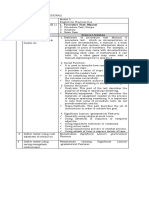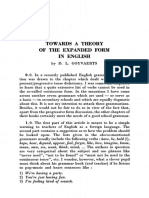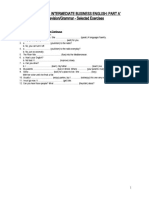0% found this document useful (0 votes)
46 views28 pagesNLP Assignment Notes
The document provides an overview of various models and concepts in Natural Language Processing (NLP) and Information Retrieval (IR), including comparisons of Boolean, Vector Space, and Probabilistic models, as well as classical NLP models like rule-based and statistical models. It also discusses the role of Finite-State Transducers in morphological analysis, tokenization processes, and named entity recognition, alongside syntactic parsing techniques and the significance of linguistically annotated corpora. Key differences between phonetics and phonology, as well as word formation processes, are also highlighted.
Uploaded by
paridhikadwey78Copyright
© © All Rights Reserved
We take content rights seriously. If you suspect this is your content, claim it here.
Available Formats
Download as DOCX, PDF, TXT or read online on Scribd
0% found this document useful (0 votes)
46 views28 pagesNLP Assignment Notes
The document provides an overview of various models and concepts in Natural Language Processing (NLP) and Information Retrieval (IR), including comparisons of Boolean, Vector Space, and Probabilistic models, as well as classical NLP models like rule-based and statistical models. It also discusses the role of Finite-State Transducers in morphological analysis, tokenization processes, and named entity recognition, alongside syntactic parsing techniques and the significance of linguistically annotated corpora. Key differences between phonetics and phonology, as well as word formation processes, are also highlighted.
Uploaded by
paridhikadwey78Copyright
© © All Rights Reserved
We take content rights seriously. If you suspect this is your content, claim it here.
Available Formats
Download as DOCX, PDF, TXT or read online on Scribd
/ 28












































